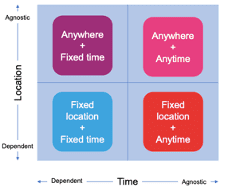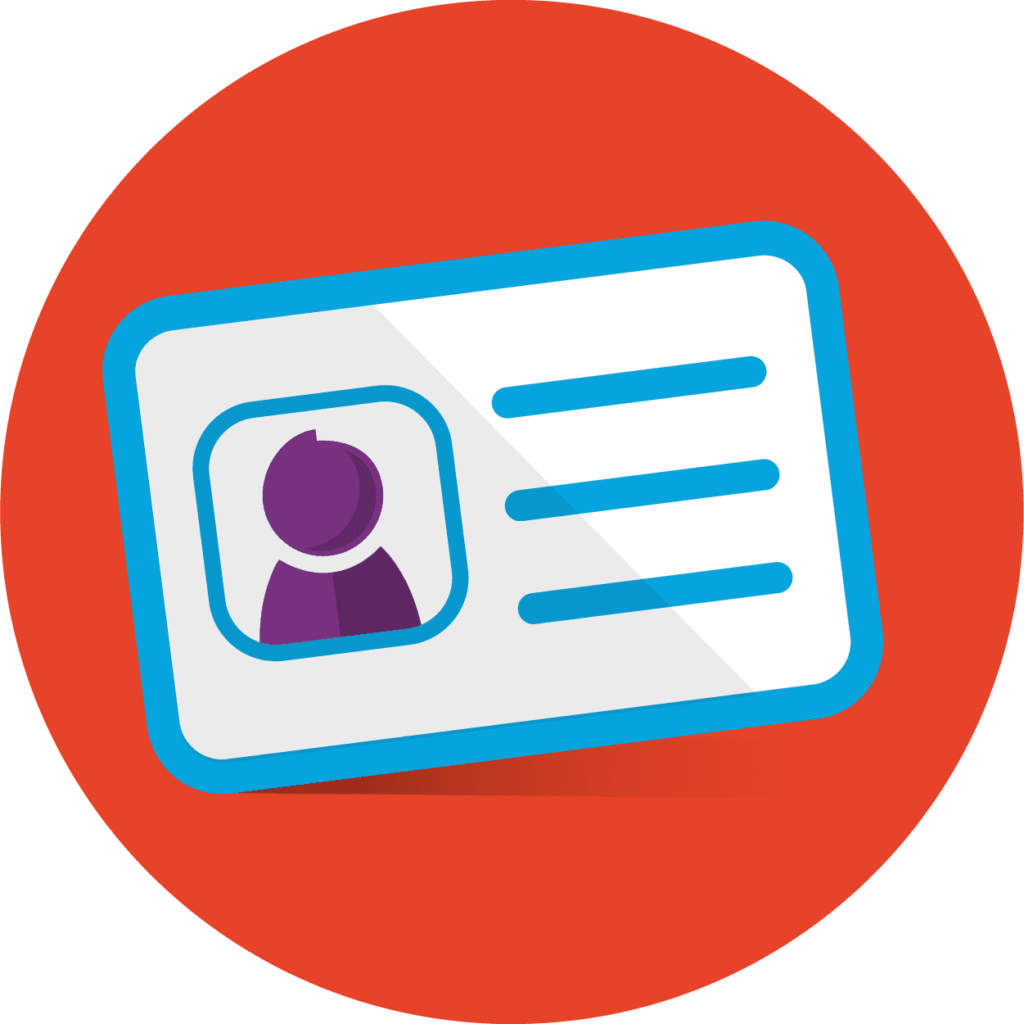Advanced practices for hybrid working

Part of the experience of being a digital workplace practitioner during the past few years has been the strange emergence of our work as a regular topic in mainstream discourse. In the news, with our families, our friends, even among politicians – questions of where people work and what tools they’re using to do so have skyrocketed.
Now, as people are considering how and to what extent they’re going to ‘return to the office’, a new term has entered our vernacular: ‘hybrid’. Once again, debates are raging… How many days should people be in the office? How can they be encouraged to go back? What if they don’t want to? Are offices dead?
The truth, as is so often the case, lies in that murky, messy space between the extremes. Some people strongly desire to be back in an office space. Some don’t. Others want to be able to have the agency to choose for themselves from one day to the next.
Are we, however, asking the right questions when we talk about hybrid working? There are those who challenge the conversation as a whole, saying that the discourse needs to shift to a deeper level. In so doing, we start to seek understanding around why certain environments are better suited to some tasks and people than others. We consider not only where people are working, but also when are people working? And how can they successfully come together across those distributed structures?
These are the questions into which DWG’s research report Hybrid working reimagined: Advanced practices for connected workplaces delves.
Moving beyond days in the office
To deepen the conversation, the paper delves into a range of areas, taking in:
- interrogating the language associated with hybrid, and the implicit, coded messages within language
- demonstrating the shift that happens if you evolve your hybrid structures from being time- and place-driven, to instead being activity-driven
- common challenges associated with hybrid work, taking in equity, trust, social capital and wellbeing
- different enablers that can be harnessed across organizational systems, team cultivation and individual capability
- a ‘listen, co-design, experiment, evolve’ approach to hybrid working design
- various ways that people can come together with intention within hybrid structures, to collaborate, create innovate, learn and, ultimately, connect.
For example, when considering our language, what are leaders really communicating when they say they don’t ‘care’ where and when people work from? Is the phrase ‘return to work’ immediately alienating people who have been working harder than ever before during the last few years?
As regards equity, are managers being coached on how to contend with areas such as proximity bias, meaning they are more likely to favour people they can see physically? Is the organization working with marginalized groups to understand how their experiences in the office may impact their choice of work location?
There are so many areas to consider beyond those we see in the headlines in order to fully harness the benefits of working in hybrid ways and mitigate the challenges.
Supporting teams to come together at the needed time, in the needed place, in the needed ways

A key finding of DWG’s research is the need to move beyond merely giving individuals flexibility towards empowering teams to find the best ways for them to come together when they need to. Rather than asking people when and where they want to work from, organizations will obtain a far deeper understanding of their workforces by researching which activities and which jobs are location agnostic or location dependent, as well as time agnostic or time dependent.
For example, a lab technician may need to be on site at the same time as colleagues for 60% of their time. For the remainder of their work, it may not be necessary to be in a particular location at a particular time for access to colleagues and equipment, meaning they can choose where they work from and also engage in asynchronous collaboration and communication within their team.
Understanding these different types of activities and jobs, and then being able to understand how they map to the ‘where’, ‘when’ and ‘how’, will support a process of co-design for leaders and employees that otherwise wouldn’t be possible.
Finding connection in the everyday
An essential element of hybrid working that organizations are tackling is how to create moments and experiences of connection. What DWG’s research found is that these moments of connection happen beyond just the ‘water cooler’ moments and shared coffees, and are deeply interwoven within the fabric of the day. They take place against a backdrop of shared places, shared ways of working, shared rituals and shared understanding. In other words, a sense of connection is a result of getting the structures right, removing the barriers, harnessing the enablers, and helping people to come together to collaborate, learn and play.
These things don’t happen accidentally; they are – and always have been – intentionally created, as well as allowed to emerge organically. Just because you’re in a shared office space, it doesn’t mean you will instantly feel a sense of connection. Just because you’re sat at home, or in a ‘third’ space’, it doesn’t mean you will instantly feel isolated. The connective tissue that helps bind our relationships with each other is formed of all our various interactions, small and big, digital and physical. Being able to get your organization’s hybrid alchemy right so that the web of interactions can strengthen will take time and experimentation. But it’s an experiment that is so worth embarking on to harness the best of all worlds for people’s working experiences.
Download the free report excerpt
Hybrid working reimagined:
Advanced practices for connected workplaces
Get access to the full report and 80+ other best practice digital workplace reports
DWG members have access to this full report, which forms part of DWG’s best practice Research Library of 80+ reports covering key areas such as strategy and governance, personalization, user experience and change management for intranets and digital workplaces.
Browse our reports and report excerpts, and new research that’s coming up. Contact us to learn how to gain access to this library via DWG membership.
Talk to us about…
… becoming a DWG memberMore about DWG Membership » |
Categorised in: Hybrid working, Research reports


